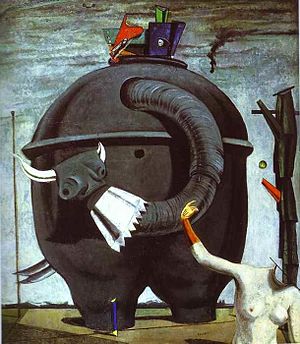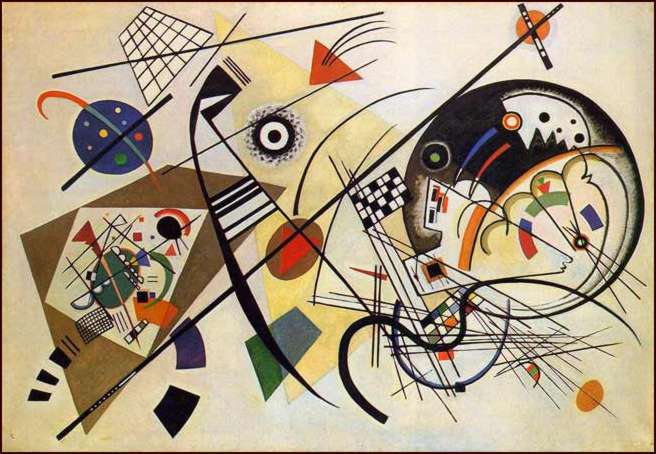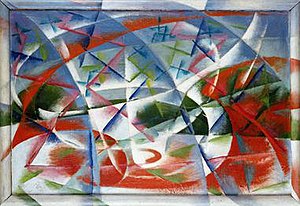
Metaphysical Art is a style of painting that flourished
mainly between 1911 and 1920
in the works of the Italian artists Giorgio de Chirico and Carlo Carrà.
The movement began with Chirico, whose dreamlike works with
sharp contrasts of light and shadow often had a vaguely threatening, mysterious
quality. De Chirico, his younger brother Alberto Savinio, and Carrà formally established the school and its principles in 1917.
While Futurism staunchly rejected the past, other
modern movements identified a nostalgia for the now faded Classical grandeur of
Italy Milan Florence
In 1917,
in the midst of the First
World War, Carrà and de Chirico spent time in Ferarra where they further
developed the Metaphysical Painting style that was later to attract the attention
of the French Surrealists.






















